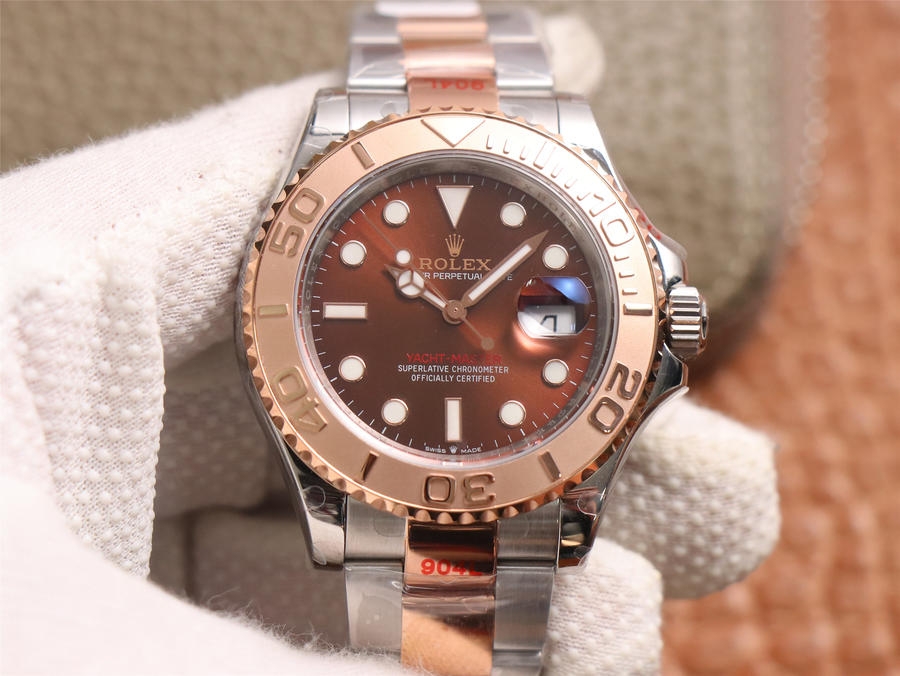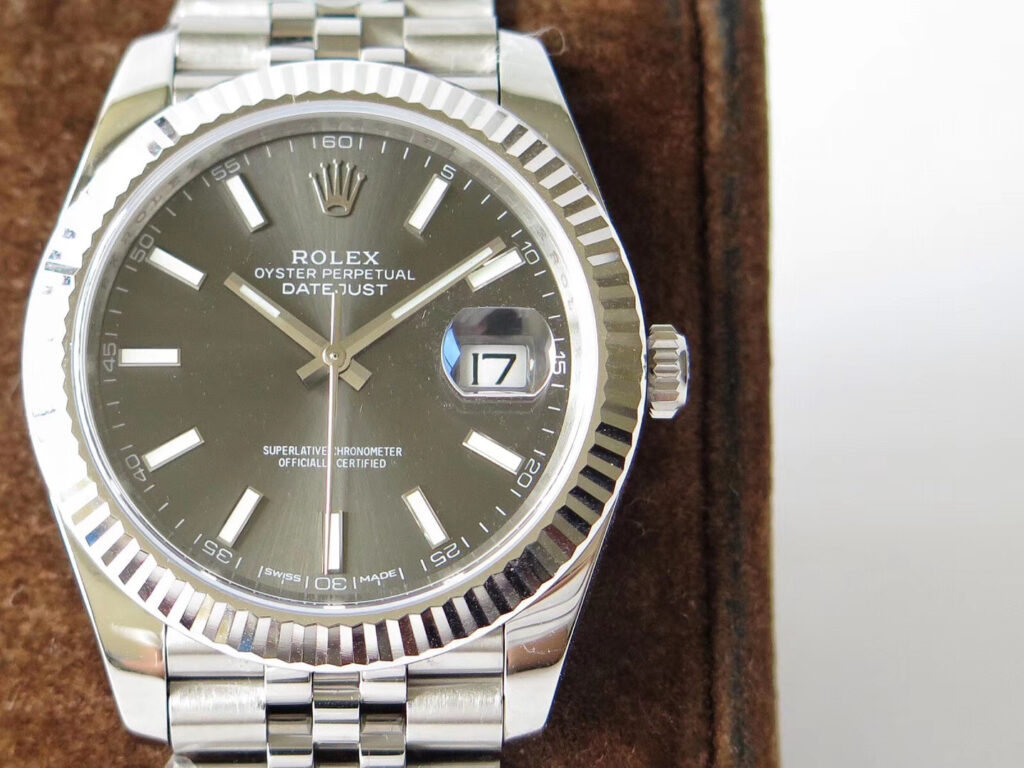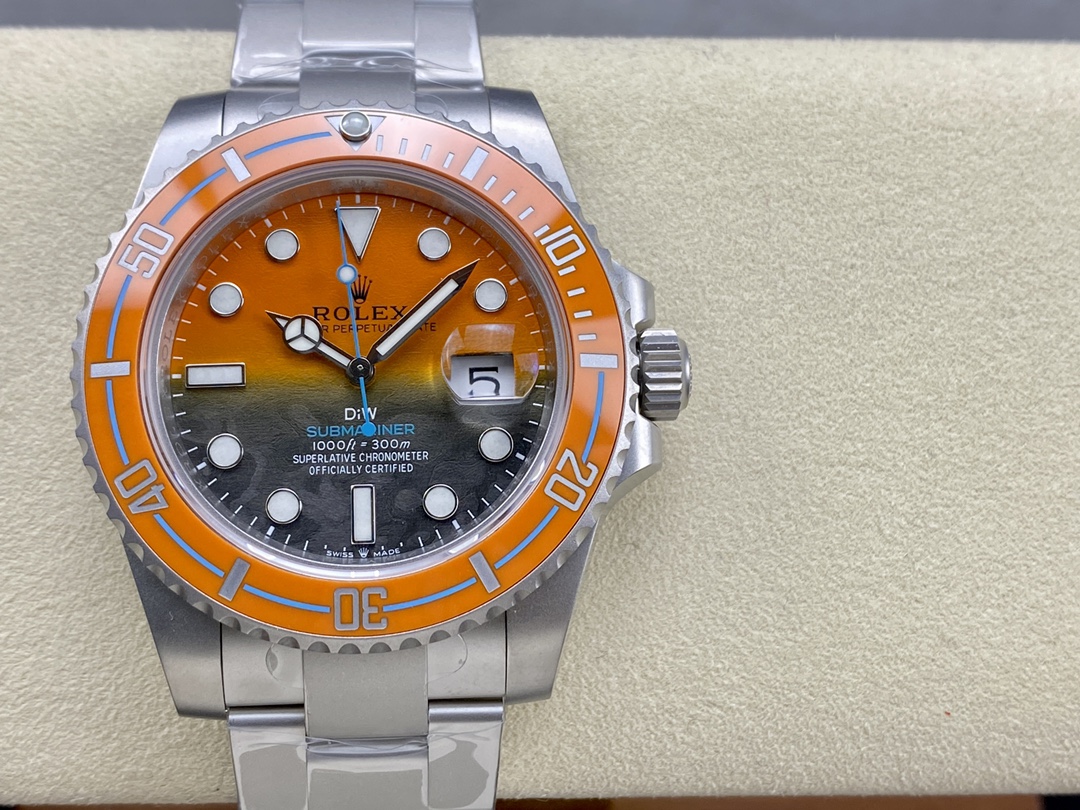The Rolex Explorer 1016’s lasting appeal stems from both its functional origins and its perfect aesthetic. Its classic proportions, clean dial design, and iconic Mercedes hands have remained largely consistent over the decades, making it a prized possession among replica watch collectors and horology enthusiasts.

This guide delves into the essential aspects of the Rolex Explorer 1016, offering valuable insights for those considering the purchase of this iconic watch. By exploring its history, construction, and unique features, you can make a well-informed decision and confidently pursue ownership of a genuine Rolex Explorer 1016.
A Glimpse into the History of the Rolex Explorer 1016
The Rolex Explorer 1016 boasts a rich history that adds to its allure and desirability among watch enthusiasts. Launched in 1960 as the successor to the Explorer 6610, the 1016 represented a significant advancement in design and functionality. While it retained key elements from its predecessor – such as the sturdy Oyster case and the signature 3, 6, and 9 o’clock hour markers – it also introduced several enhancements to improve its performance.
During its nearly three-decade production run, the Explorer 1016 underwent a series of noteworthy changes. The earliest models, produced between 1960 and 1963, featured a “lollipop” seconds hand and lacked the Mercedes hand, which was later incorporated into the design. In the mid-1960s, Rolex transitioned the dial from a glossy finish with gilt printing to a more utilitarian matte finish, further refining the watch’s functionality.

Over the years, the Explorer 1016 saw gradual updates, including improvements to its movement, crystal, and bracelet. Despite these changes, its fundamental design remained consistent, embodying the watch’s enduring appeal as a tool crafted for exploration and adventure.
The Rolex Explorer 1016’s association with historic events only adds to its legend. A Rolex Explorer was worn during the successful 1953 Mount Everest expedition, solidifying the watch’s reputation as a reliable timekeeping instrument in extreme conditions. This connection to exploration and achievement continues to captivate watch collectors to this day.
Key Features of the Rolex Explorer 1016
The Rolex Explorer 1016 exemplifies luxury without the ostentation often found in other sports watches, even those by Rolex. Though designed with expeditions in mind, this watch is perfectly suited for everyday wear.
Case
The case of the Rolex Explorer 1016 is a testament to its durability and purpose. Crafted from stainless steel, the case is both robust and elegant, essential for a tool watch built to accompany explorers on their journeys. With a diameter of approximately 36mm, the case offers a balanced size that is both practical and comfortable on the wrist.
Constructed with meticulous attention to detail, the case features a combination of polished and brushed surfaces, contributing to its distinctive aesthetic appeal. While the polished elements add a touch of sophistication, the brushed surfaces evoke the clone watch’s adventurous heritage. The Explorer 1016 also boasts a water resistance of up to 100 meters (330 feet), further enhancing its versatility for outdoor activities.
Dial
From 1960 to 1967, the Explorer 1016 was equipped with dials featuring a glossy finish and gilt printing, exuding a classic elegance. The glossy surface enhances the legibility of the hour markers, numerals, and hands, creating a striking contrast against the dark dial background. The gilt printing, characterized by gold-colored text and indices, adds a layer of vintage sophistication to the watch.
After 1967, Rolex introduced matte dials for the Explorer 1016, which remained consistent until production ceased in 1989. The matte finish offers a more understated, utilitarian aesthetic, with a non-reflective surface that reduces glare and improves legibility in various lighting conditions. This dial variation aligns with the watch’s original purpose as a reliable tool for exploration.
Bracelet
The Explorer 1016’s Oyster bracelet is crafted from solid stainless steel, designed to withstand the challenges of outdoor exploration. Its robust construction ensures durability, even in the most demanding conditions. Each link of the bracelet is meticulously finished, showcasing a combination of polished and brushed surfaces that enhance its visual appeal.
Over its production period, the Explorer 1016 was available with three different Oyster bracelets, with an optional fourth. These included the rivet-link bracelet, the folded-link bracelet, and the solid-link bracelet. Additionally, some models on the secondary market may be found with a 5-piece Jubilee bracelet, offering a touch of versatility for collectors.
Movement
The heart of the replica Rolex Explorer 1016 is the esteemed caliber 1570 movement, introduced in the mid-1970s. This movement is a testament to Rolex’s dedication to precision, reliability, and longevity. Designed and manufactured in-house by Rolex, the caliber 1570 operates at a frequency of 19,800 beats per hour (BPH), or 2.75 Hz, ensuring accurate timekeeping and a smooth sweep of the seconds hand. The movement features 26 jewels, which reduce friction and enhance the overall efficiency of the mechanism.
One of the most significant advancements of the caliber 1570 over its predecessor, the caliber 1560, is the hacking seconds feature. This innovation stops the seconds hand when the crown is pulled out, allowing for precise time synchronization – an essential feature for those who rely on exact timekeeping.
You can appreciate why this iconic watch has become a cherished piece among collectors and horology enthusiasts alike. Whether you’re a seasoned collector or a first-time buyer, the Explorer 1016 offers a unique blend of history, craftsmanship, and perfect design that is sure to make it a treasured addition to any watch collection.
